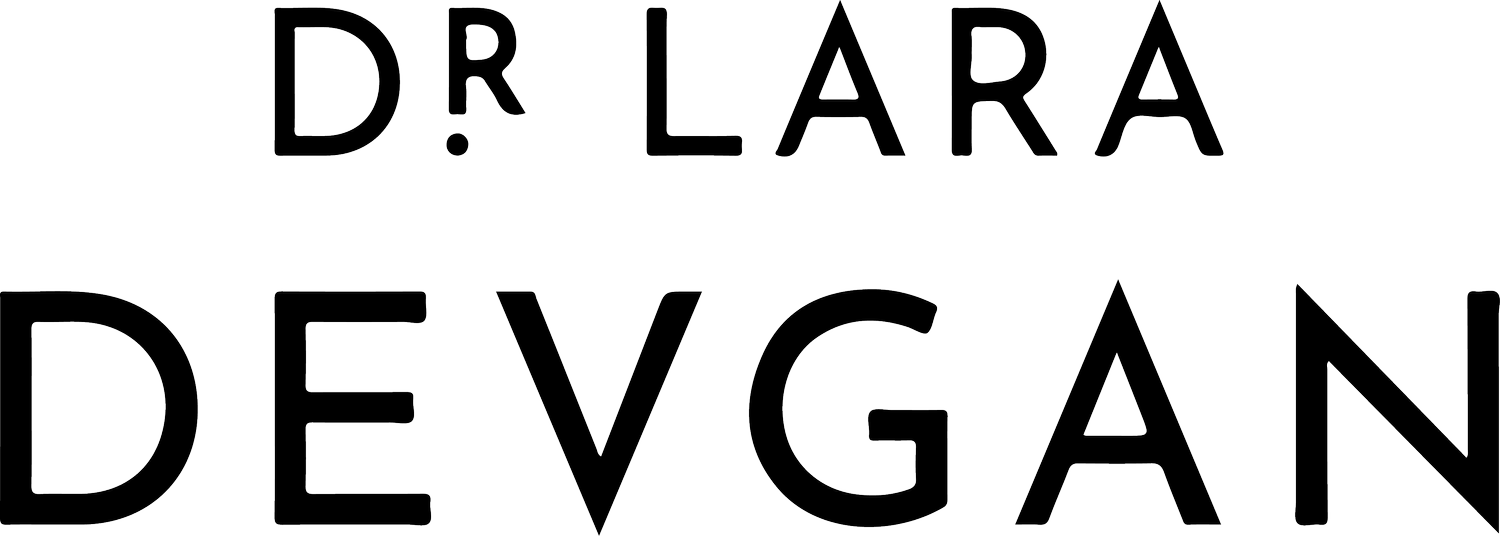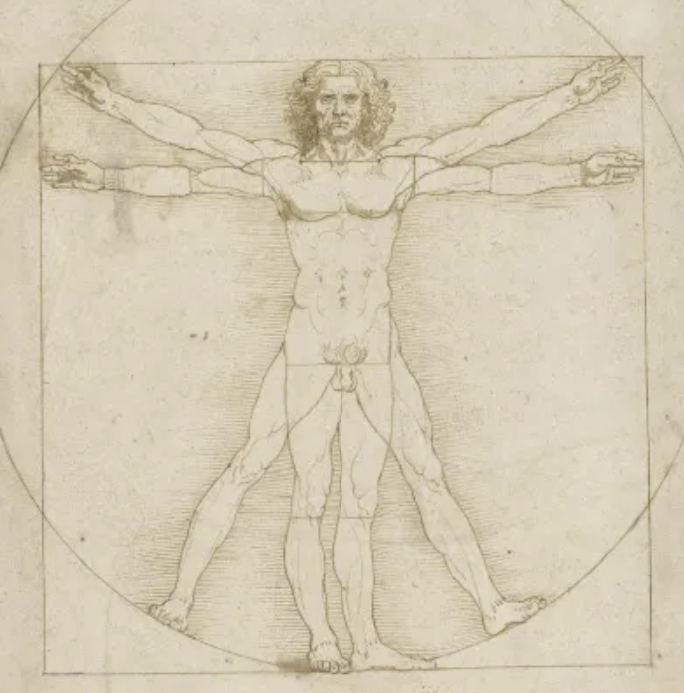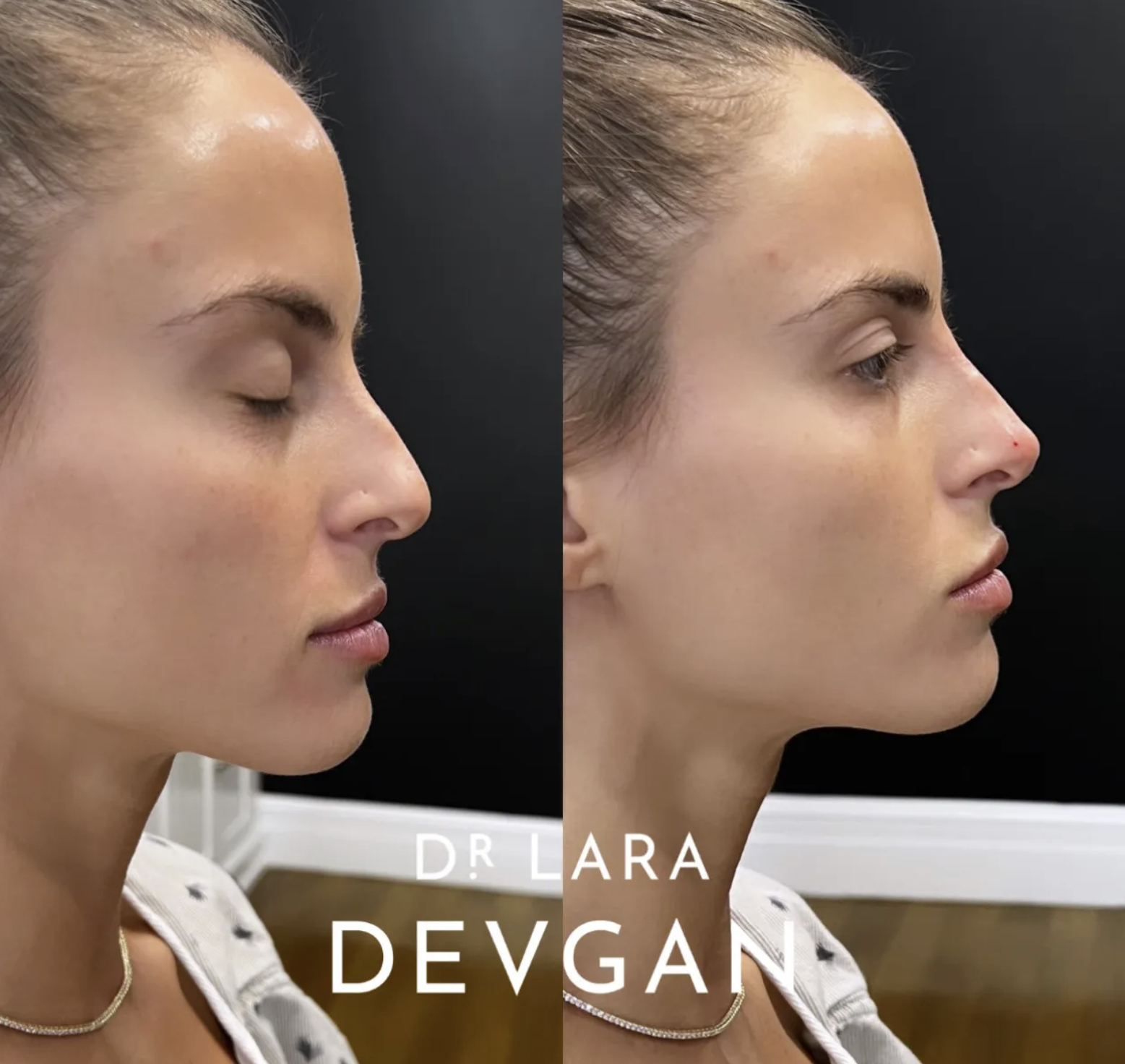Plastic Surgery and the Renaissance
When we think of the Renaissance, we think of masterpieces—Michelangelo’s David, da Vinci’s Vitruvian Man, Botticelli’s Venus. But beneath the marble and canvas was a movement that changed not only how we see the world, but how we see ourselves.
As a modern plastic surgeon, I often find myself reflecting on this era—not just for its aesthetic beauty, but for how it revolutionized our understanding of the human body and paved the way for the very work we do today.
The Art of Anatomy
The Renaissance was a rebirth of anatomical curiosity. For the first time since antiquity, artists and physicians began dissecting cadavers—not as an act of rebellion, but in pursuit of truth.
Leonardo da Vinci’s anatomical drawings, for instance, remain breathtaking not only for their technical precision, but for their reverence of the body as both a biological system and a work of art. He saw the face as a map of muscle, bone, and proportion—principles that remain central in aesthetic surgery.
The Mind-Body Ideal
Renaissance humanism placed man—not the divine—as the center of the universe. This philosophical shift elevated the body to something worth perfecting, studying, and even enhancing. Beauty was no longer seen as vanity, but as a reflection of virtue, intellect, and harmony.
This notion still echoes today in our pursuit of natural-looking, harmonious results—where a well-performed facelift or rhinoplasty isn’t about transformation, but restoration of balance and self-perception.
Proportion and the Golden Ratio
Much of what we now understand as “facial balance” has its roots in Renaissance studies of mathematical proportion. Da Vinci and Alberti weren’t just artists—they were early aesthetic theorists. Their obsession with symmetry and the “divine proportion” informs our modern understanding of facial harmony.
In my own practice, I use these same principles every day—whether subtly adjusting the angle of a nasal tip or restoring volume to the midface with the golden ratio in mind.
From Barber-Surgeons to Specialists
While aesthetic surgery as we know it didn’t exist in the Renaissance, the groundwork was being laid. The earliest surgical manuals were being written. “Barber-surgeons” were performing procedures like nasal reconstructions using skin flaps—a precursor to modern techniques.
These rudimentary efforts would eventually evolve, through war-time necessity and medical advancement, into the field of plastic surgery. And yet, they were born from the same desire that drives our field today: to restore form, function, and identity.
Giants of Modern Plastic Surgery
As the field progressed, a number of visionaries pushed the boundaries of what was surgically possible. Here are five pioneers whose techniques shaped the foundation of our specialty:
1. Sir Harold Gillies (UK) – Father of Modern Plastic Surgery
Gillies developed groundbreaking facial reconstruction techniques for soldiers disfigured in World War I. He pioneered the tubed pedicle flap, which allowed for safer skin transfers to the face. His work laid the foundation for reconstructive and aesthetic facial surgery.
2. Dr. Vilray Blair (USA) – Wartime Innovator
A contemporary of Gillies, Blair developed techniques for burn wound management and skin grafting during World War I and later helped establish protocols for cleft palate repair. His work helped bridge battlefield innovation and hospital practice.
3. Dr. Tord Skoog (Sweden) – Cleft and Craniofacial Surgery
Skoog advanced techniques in cleft lip and palate repair, emphasizing function and aesthetics in craniofacial anomalies. His contributions to reconstructive surgery had global impact, particularly in pediatrics.
4. Dr. Jacques Joseph (Germany) – Rhinoplasty Revolution
Often considered the father of modern cosmetic surgery, Joseph was a Jewish-German surgeon in the early 1900s who pioneered open rhinoplasty techniques and believed in surgery not just to correct deformities but to improve psychological well-being.
5. Dr. Suzanne Noël (France) – First Female Aesthetic Surgeon
A suffragette and trailblazer, Noël was the first to specialize in cosmetic facelifts for aesthetic reasons in the early 20th century. She performed “petite opérations” that prefigured today’s minimally invasive approach to facial rejuvenation.
A Living Legacy
As surgeons, we are both scientists and artists. Every incision we make, every structure we refine, is guided by principles rooted in centuries of study—of proportion, harmony, and human dignity.
In many ways, we are still living in the Renaissance.
Subscribe to “Plastic by Dr. Lara Devgan” for more posts on Substack using the following button.
















